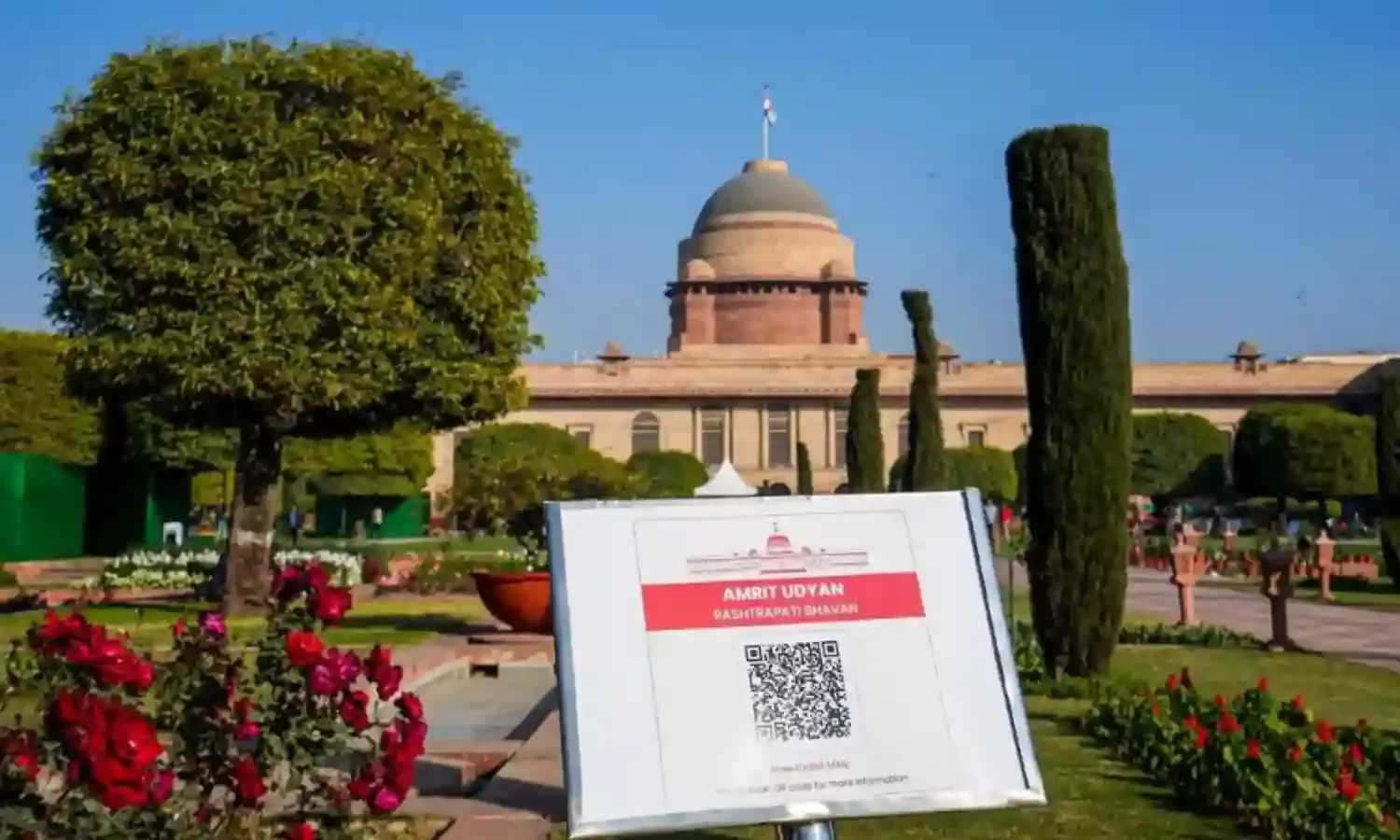A Heritage Garden
The Mughals gave India the concept of a “pleasure garden”

The iconic Mughal Gardens in the Indian Presidential palace, Rashtrapati Bhavan in New Delhi, laid out by the British rulers in 1929, was renamed “Amrit Udyan” or the Garden of Nectar, by the Bharatiya Janata Party (BJP) government on January 28.
Navika Gupta, Deputy Press Secretary to President Droupadi Murmu said in a statement that “Amrit Udyan” was a “common name”, presumably unlike the name “Mughal” gardens. Welcoming the change, Union Minister Dharmendra Pradhan said that with the change, “another colonial relic” has been removed “reflecting India's aspirations for the Amrit Kaal".
The characterisation of “Amrit Udyan” as a “common name” as opposed to “Mughal Gardens” makes the latter “sectional” or “communal” in character, when the moniker “Mughal” only indicates that the garden is laid in the “Mughal pattern.” True, the Mughals were Muslim invaders from Central Asia, but they cannot be considered the “other” because they settled down in India becoming natives.
They cannot be considered “colonials” either, because, unlike the typical colonial rulers, they did not take away the wealth of India. In fact, they added to its wealth.
Further, shedding the name “Mughal” also does violence to the design of the Mughal gardens, which is a pleasing mix of the Mughal and the British styles, but predominantly Mughal. The garden has two channels intersecting at right angles.
It is a “Charbagh” or a four-cornered garden, which is typical of gardens laid by Mughals in many parts of North India. Noted architect K.T Ravindan told The Hindu that the Mughal garden was designed in the Persian style of landscaping typical of Mughal gardens. “You will see Chajja (dripstone), the chattri (domed kiosk), the jali (pierced screen),” he said.
Not to acknowledge these aspects will be doing injustice to historical facts. It is tantamount to brazenly erasing an important part of India’s cultural and architectural history.
By erasing the term “Mughal” the Modi government has also hidden the Muslim rulers’ seminal contribution to the ‘culture of gardens” in India. In pre-Muslim India, there were no deliberately-laid “pleasure gardens”. Gardens existed primarily to grow flowers for worship at temples.
Sattar Kheiri, the author of The Pleasure Gardens of India written in 1924 says that the history of Indian gardens began in the 13th and 14th centuries during the reign of Muhammad Tughlaq and other Delhi-based Sultans. Delhi was then a city of gardens.
However, the most famous gardens were laid out during Mughal rule founded by Mirza Zahirudddin Muhammad “Babar”, who Kheiri describes as the “Prince of Gardeners”. It was during Mughal rule that “the art of gardening became a fine art in India,” Kheiri points out.
The Mughals introduced the concept of “pleasure gardens” where people could relax in the midst of nature, not nature in the raw, but carefully laid out gardens with trees, flower plants, canals and fountains. The credit for founding an elaborate culture of garden-laying goes to Babur.
Hailing from cooler climes in Central Asia, Babur found India to be too hot and too disorganised for his liking, and he built gardens of the kind found in Iran and Central Asia to beat the heat.



